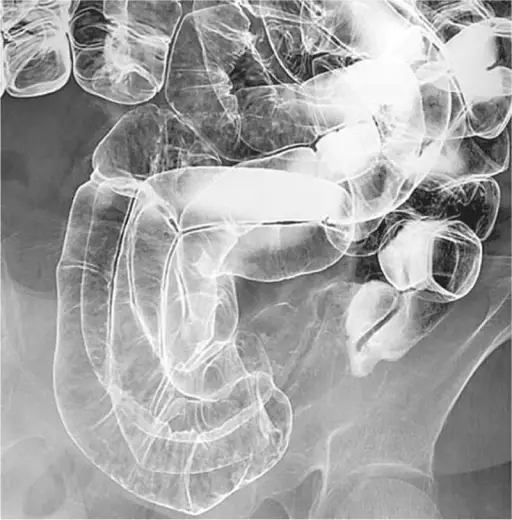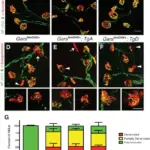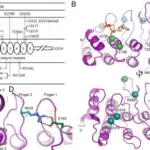Neuropathy due to familial amyloidosis is an autosomal dominant disease in which the nerves are damaged by the presence of fibrin and proteins.
What is the Pathology of Neuropathy due to Familial Amyloidosis?
The pathology of neuropathy due to familial amyloidosis is:
-Etiology: The cause of neuropathy due to familial amyloidosis is the mutation of the TTR gene which causes the accumulation of fibrin on the nerves.
-Genes involved: TTR genes.
-Pathogenesis: The sequence of events that lead to neuropathy due to familial amyloidosis are accumulation and the deposition of the fibrin and the proteins on the nerves.
-Morphology: The morphology associated with neuropathy due to familial amyloidosis shows plenty of amyloid fibrils.
-Histology: NA.
How does Neuropathy due to Familial Amyloidosis Present?
Patients with neuropathy due to familial amyloidosis are typically females present at the age range of 30-40years. The symptoms, features, and clinical findings associated with neuropathy due to familial amyloidosis include numbness and burning sensation of the feet and arms, paresthesia, balance challenges, vomiting, nausea, and diarrhea.
How is Neuropathy due to Familial Amyloidosis Diagnosed?
Neuropathy due to familial amyloidosis is diagnosed by blood tests, urinalysis, physical examination, history taking, electromyography, skin and muscle biopsy.
How is Neuropathy due to Familial Amyloidosis Treated?
Neuropathy due to familial amyloidosis is treated with antiseizure, antidepressant, and pain medication.
What is the Prognosis of Neuropathy due to Familial Amyloidosis?
The prognosis of neuropathy due to familial amyloidosis is fair with a survival rate of 80%.



